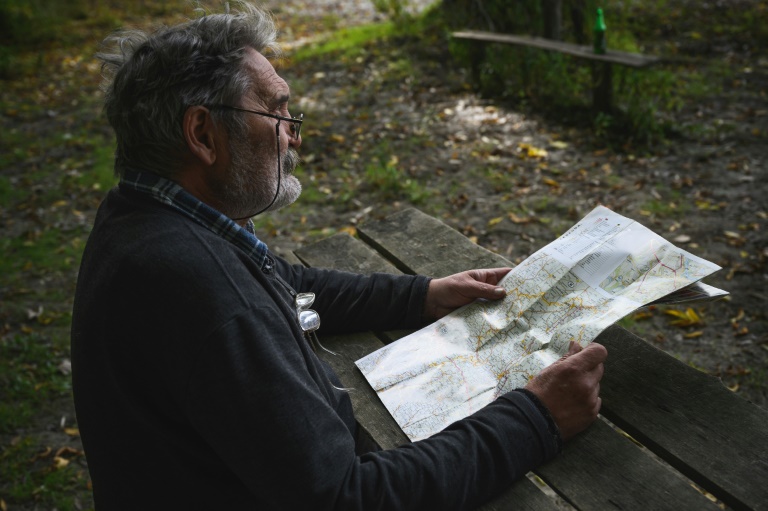Biden heads to global climate talks empty-handed
US President Joe Biden heads to a climate gathering this weekend without a commitment on tackling global warming after his deeply divided Democrats failed to get behind his sweeping economic agenda.
Biden had wanted to show the landmark COP26 conference in Scotland that Washington is leading the world on decarbonizing, but the package of social reforms containing his signature climate policy was held up by infighting in Congress.
“The Build Back Better Act is a huge step forward in meeting President Biden’s climate goals,” said Intersect Power chief Sheldon Kimber, part of a group of CEOs calling on lawmakers to end months of inaction as Biden took off for Rome.
“But meeting them is going to take collective will, some social consensus, and leadership from the government and the private sector, and I hope that Congress finds the will to pass this legislation.”
The White House says it is closer than ever to realizing an ambitious goal of slashing emissions by at least 50 percent over the decade via climate provisions in its $1.75 trillion Build Back Better bill.
Almost a third of the price tag for the package of reforms on health and child care, education and clean energy is made up of spending on greening the environment.
“On climate, on so many other issues, this bill is historic, compared to anything we’ve ever done in our history, really,” said Massachusetts senator and environmental activist Ed Markey.
“You have to go back to the New Deal in Franklin Roosevelt’s era to find anything that’s comparable.”
– Double blow –
But differences among Democrats mean it is almost certain not to pass before Sunday — the start of the biggest climate conference since talks in Paris in 2015 and a crucial step in setting worldwide emissions targets.
Biden’s biggest setback came when a single coal-state Democrat in the 50-50 split Senate killed a program of incentives and penalties within the bill to push fossil fuel burning utilities toward cleaner energy.
The White House released a slimmed-down bill on Thursday offering alternative climate measures and appeasing moderates by drastically reining in the initial $3.5 trillion top line.
Biden had delayed his flight to rally House Democrats to hold a vote on the pared back bill, but progressives insisted there was not enough time to green-light the compromise ahead of Biden’s European excursion.
A party-wide commitment would have allowed Biden to arrive at the UN climate summit with a credible pledge to devote more than $500 billion to meet its emissions targets.
It was a double blow on the environment for Biden, as the party’s left flank has steadfastly refused to support separate infrastructure legislation without a simultaneous vote on their favored social welfare priorities.
The $1.2 trillion bipartisan infrastructure framework (BIF), which has already advanced from the Senate, would provide almost $50 billion to prepare communities for flooding and wildfires fueled by climate change.
– ‘Good news’ –
Liberals in the House, already angered by long-term priorities like family leave and a proposed billionaires’ tax getting left on the cutting room floor, fear that moderates will drop the party-line social spending bill as soon as the cross-party roads and bridges package passes.
“As you know by now, the House will postpone the vote on the BIF,” House Speaker Nancy Pelosi said in a letter to colleagues on Thursday night.
“The good news is that most members who were not prepared for a yes vote today have expressed their commitment to support the BIF.”
Despite lawmakers’ simmering frustrations as they headed back to their home districts, progressives signaled late Thursday they would be ready — in principle — to vote on the infrastructure bill and the social welfare bill as early as next week.
Mike Vandenbergh, a legal scholar at Vanderbilt University in Nashville and an expert in environmental law, said that even without unity in Congress, Biden’s election victory over Donald Trump alone was a signal to the world that America cares about climate change.
“It is very difficult to prevail over a sitting president, but Biden did that in part because of climate issues,” Vandenbergh told AFP.
“That is the most important lesson of the last year regarding international climate efforts.”










